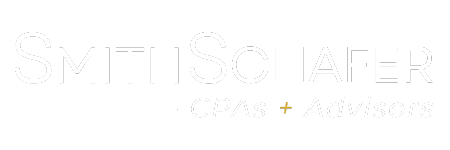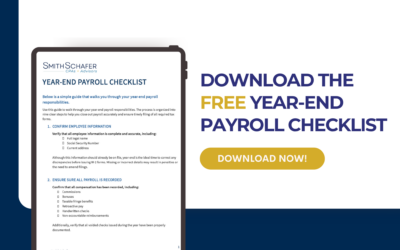Most small employers with less than 50 full time employees wanted to offer limited health benefits to their employees, but were restricted by the Affordable Care Act (ACA) to offer certain health reimbursement arrangements (HRAs) not integrated with other employer group coverage. Employers faced significant IRS penalties of $100 per “affected individual,” per day for offering HRAs to cover health insurance costs for the purchase of plans on the individual market. On December 13th, 2016, President Obama signed legislation allowing small employers to offer stand-alone qualified small employer health reimbursement arrangements (QSEHRAs) to employees who purchased a health plan in the individual market, as long as certain conditions are met. The law is effective January 1, 2017.
Benefits of a QSEHRA are not subject to income or employment taxes. Employers will be required to report the value of any QSEHRA benefit on the employee’s Form W-2 for 2017. Conditions to qualify for a QSEHRA are listed below:
Eligible Small Employers
The employer must have an average of fewer than 50 full-time employees, excluding seasonal workers in the prior calendar year and offer no group health plan to any of its employees.
Eligible Employees
The QSEHRA generally must be offered to all employees. Except those who are:
- Part- time
- Seasonal
- Under the age of 25
- Within the first 90 days of service with the employer
QSEHRA Requirements
Funds in a QSEHRA may generally be used to pay for medical expenses, including health insurance premiums, of the employee and their family provided the following conditions are met:
- The employee provides proof of coverage.
- The funding of the QSEHRA is funded solely by the employer without a salary reduction.
- The limit on payments and reimbursements from the QSEHRA is no more than $4,950 for individuals and $10,000 when the reimbursements also cover family members.
- The same terms of the QSEHRA are offered to all eligible employees. Variations are permitted based upon the price of a policy in the relevant individual health insurance market.
Notice Requirements
At least 90 days before each plan year, a small employer offering a QSEHRA must provide a notice to employees including a statement of the following:
- The amount of the employee’s permitted benefit under the arrangement for the year.
- If the employee applies for advance payment of the premium assistance tax credit, the employee should provide information to the employer about the health insurance Exchange/Marketplace of enrollment.
- If the employee is not covered under minimum essential coverage for any month, the employee may be subject to tax under Code Section 5000A for such month and reimbursements may be included in gross income.
Failure to provide such notices in a timely manner may subject the employer to a $50 penalty for each employee, up to $2,500 annually. Transition relief applies for plans beginning in 2017 if such notice is provided to the employee not later than 90 days after the date of enactment of the QSEHRA.
Given this recent legislation, it is important to consult with a professional. If you are concerned about how this will impact your situation, Smith Schafer wants to help! Click here to start the discussion. We look forward to speaking with you soon.



